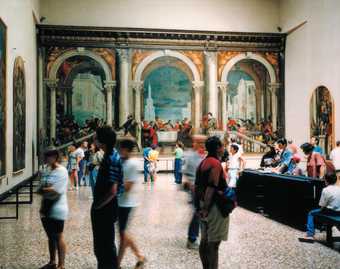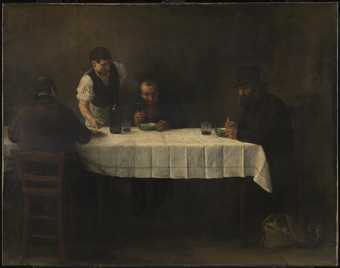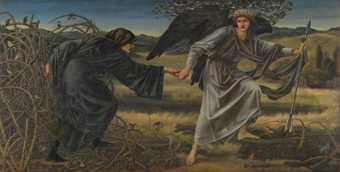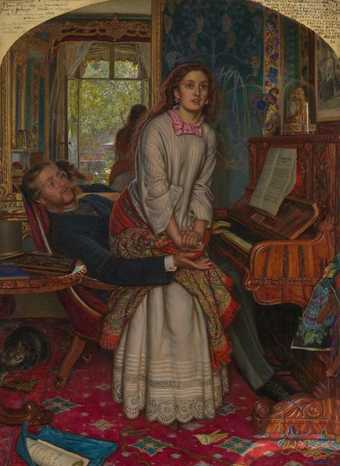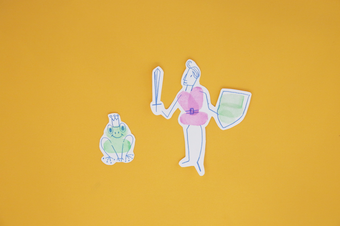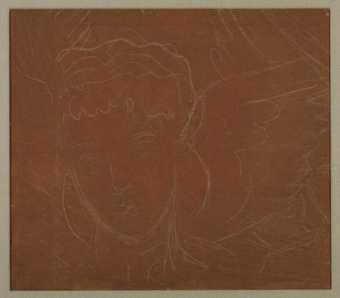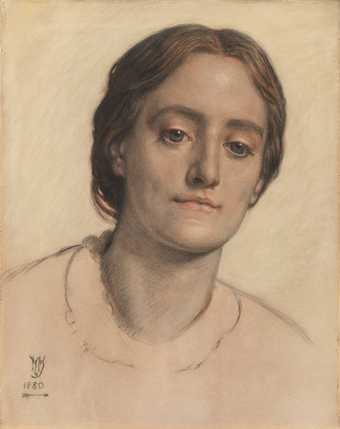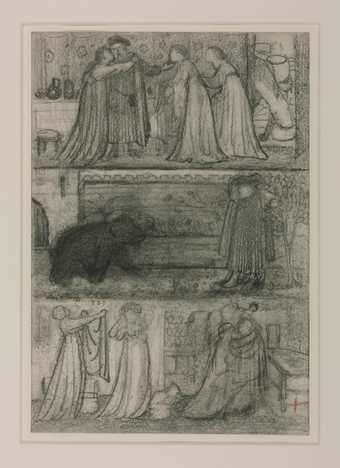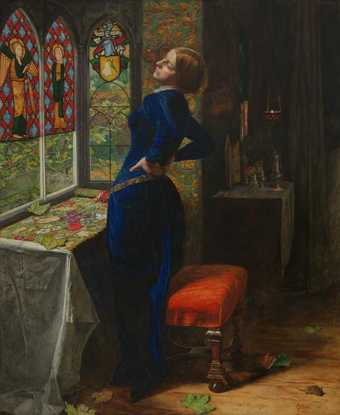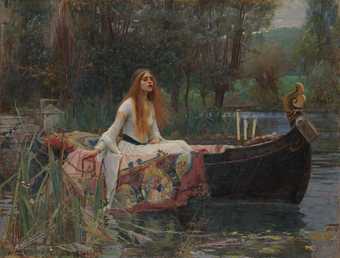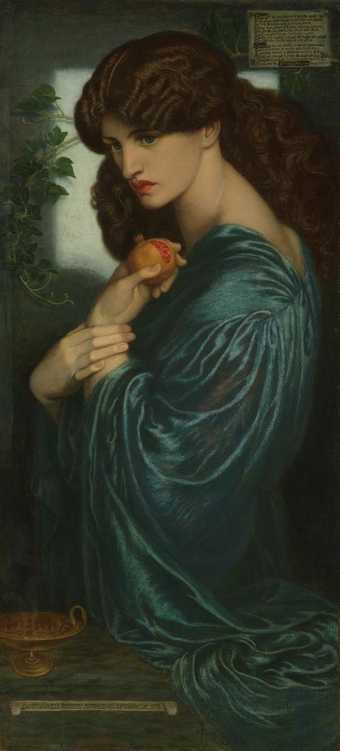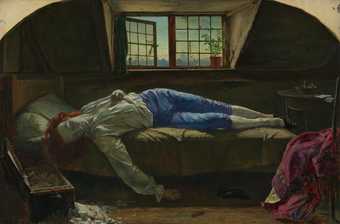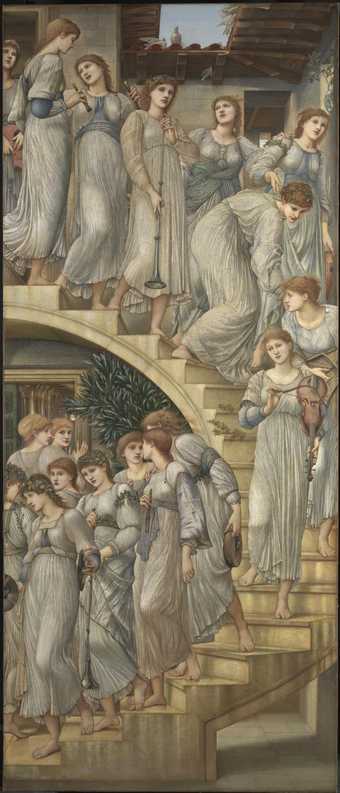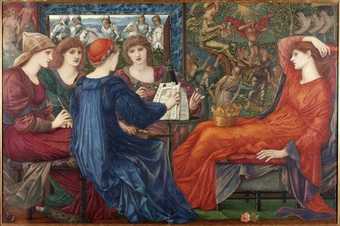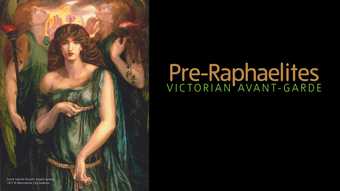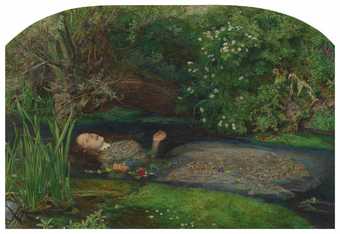
Sir John Everett Millais, Bt
Ophelia (1851–2)
Tate
The name Pre-Raphaelite Brotherhood referred to the groups’ opposition to the Royal Academy’s promotion of the Renaissance master Raphael. They were also in revolt against the triviality of the immensely popular genre painting of time.
Inspired by the theories of John Ruskin, who urged artists to ‘go to nature’, they believed in an art of serious subjects treated with maximum realism. Their principal themes were initially religious, but they also used subjects from literature and poetry, particularly those dealing with love and death. They also explored modern social problems.
Its principal members were William Holman Hunt, John Everett Millais, and Dante Gabriel Rossetti. After initial heavy opposition the Pre-Raphaelites became highly influential, with a second phase of the movement from about 1860, inspired particularly by the work of Rossetti, making major contribution to symbolism

